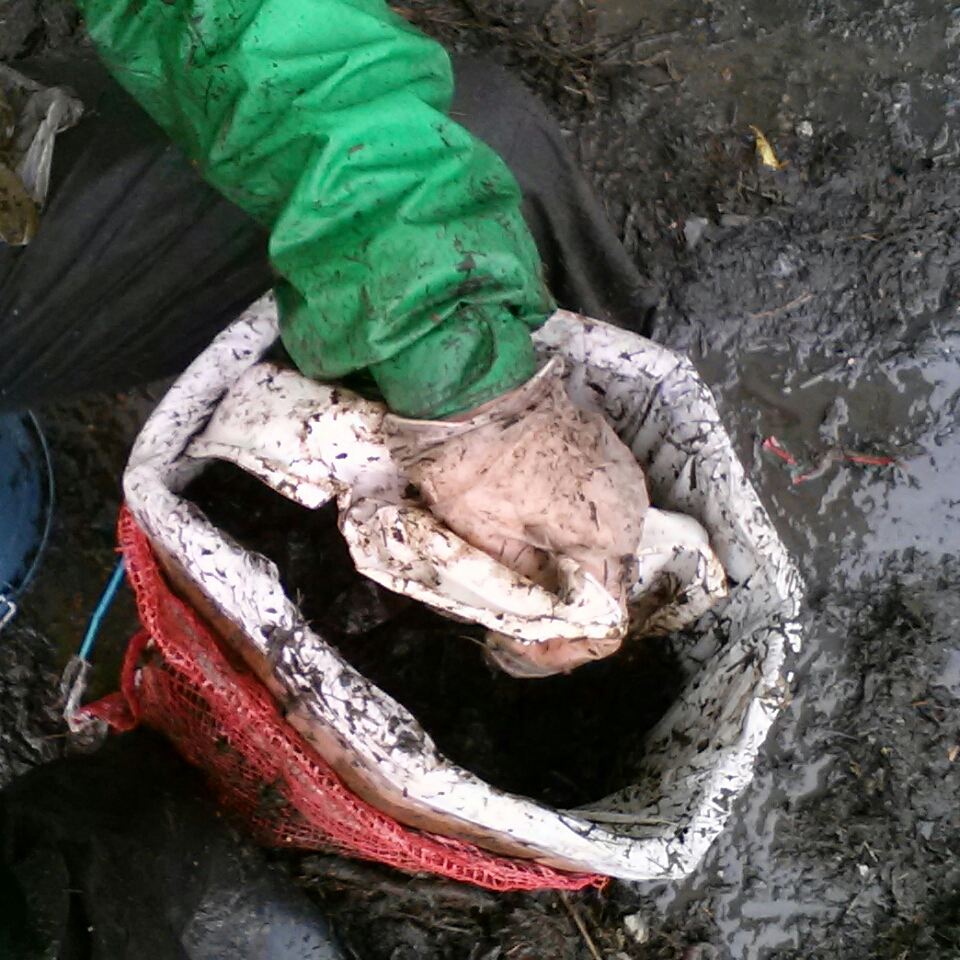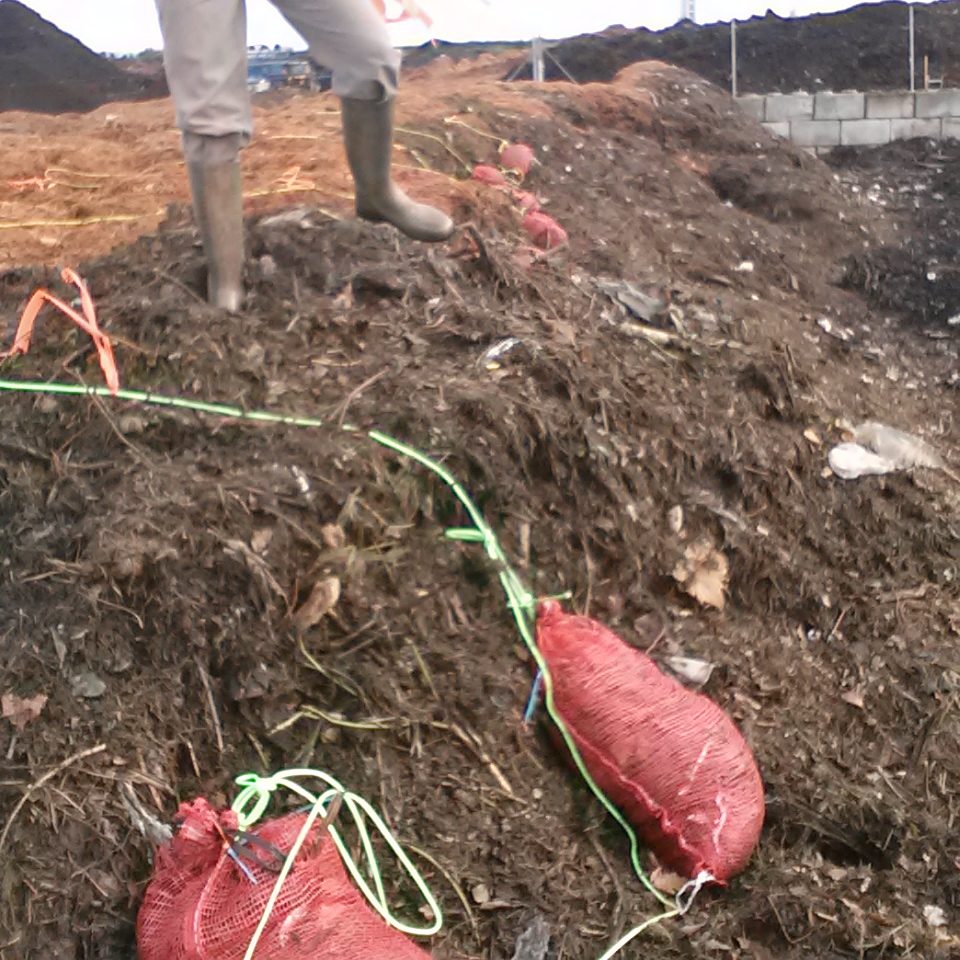
EPISODE 3: Whistle while we work… A Compost Story in Whistler, BC
August 20, 2015
EPISODE 5: An End… and A Beginning. A Compost Story Conclusion
October 5, 2015EPISODE 4: Harvesting Power… A Compost Story: Research in Richmond

This is the fourth post in a 5-part series following our compostable food ware products in action. We’ll guide you through their journey from certification to acceptance in the Metro Vancouver region. Read Episodes 1, 2, and 3 for the background on this story, and bookmark our blog to follow along!
The drive to Richmond is our shortest one yet, and we approach Harvest Power along a rural industrial route. Past a bend, and we can see the methane digesters appear behind the entry house. Our tour earlier this year showed us where the buildings are and what everything does…But it’s a whole different story now that we’re here to dig into the organics! (Pun intended)
Our BSIbio composting story at Harvest has two parts, since they use two different organics processing methods. Richmond Fraser Soil & Fibre is the original facility on the site, with an aerobic, static pile composting system. Then, in 2010, Harvest Power partnered with Richmond Fraser and the Federal Government to bring a high-solids anaerobic digester to the site.

Surprise surprise, anaerobic digestion is not composting! By removing oxygen from the organics, only microbes who do not use oxygen can survive. Those microbes make methane, and that methane is collected for energy.
The solid end product of anaerobic digestion is called “digestate”. This digestate can then be treated in many ways to become a marketable product. Harvest Power mixes their digestate into an aerobic static pile, reintroducing oxygen and composting to the digestate to complete its processing.

The facility has two static piles on the site:
1. A certified organic compost stream which takes a restricted, clean feedstock of woody material and residential food waste.
2. A commercial compost stream, combines anaerobic digestate with woody material.
We’re testing our BÉSICS® products on both piles so we can see how our products perform in a regular, large-scale static pile, and also in a high-solids anaerobic digester followed by a static pile.
It was a wet and sloppy day to prepare our bags. It turns out it’s not very easy to pack our bags with the anaerobic digester feedstock. At this point, the feedstock has been thoroughly crushed and combined. So, it’s a pungent mixture of all the food waste you can imagine… very wet and chunky. Our team innovates a novel bag fill system on the fly, and before we know it, our bags are ready to go!

With our gas meters, filter masks, walkie-talkies, and various safety apparel, we’re chatting closely with the operator who will be loading our bags into the system. One slippery adventure later, the tunnel is packed, closed, and ready to begin its 10-day percolation stage. Just like in Whistler, we will trust our bags to complete their adventure without us. We’ll come back when they’re ready to switch to composting!

This aerobic static pile is actually composed of 24 separate rows of compost. So in order to measure the contents of our precious sample bags, we have to make sure we know exactly where they are! When we move to the composting side, we lay each bag on the side of a row before it’s filled. Then, we attach long rope tails and neon flags to find the bags when we come back.
So began the start of a 3 month odyssey into the complex ecosystem of the Harvest, Fraser Richmond Energy Garden in Richmond, BC.

Bookmark us and check back for the Episode 5 conclusion to our Compost Story!
BSIbio dug into the compost at regional facilities with the University of British Columbia to make sure our products return to the earth.
We know our products will never disappear, and can only be converted into something else.
Why do you care? Compostable products become a part of our Canadian landscape through the soil. When you buy these products, you want to be sure they really do what they say they do, breaking down completely and safely. This research is essential as we strive for truly responsible compostable products. Your interest and support of our mission helps make it happen!
